Free glycine, alanine may play key role in stimulating flounder feeding
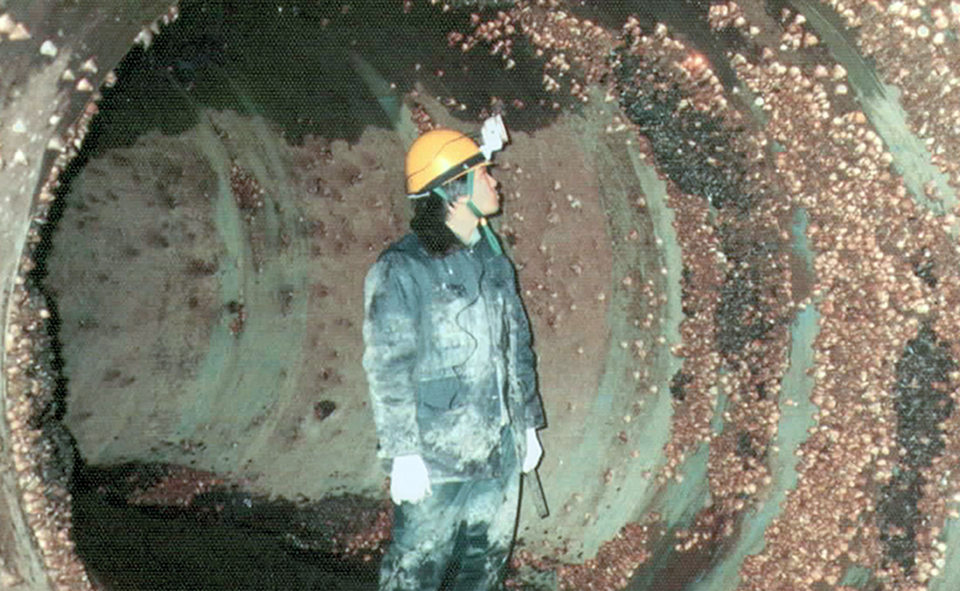
Blue mussels (Mytilus galloprovincialis) are nuisance organisms for electric power plants located along the coast of Japan. Excessive mussel growth on water intake pipes constricts and impedes the inflow of cooling water.
These mussels are generally collected once or twice a year and buried in plant landfills after incineration of the organic matter. However, this removal and disposal is very expensive, and landfill space is scarce in Japan. Several trials on the utilization of collected mussels have been conducted to address the disposal problem, but no effective alternatives, other than as fertilizer, have been developed.
Aquaculture uses
In Japan, blue mussels have been used as a supplemental aquaculture feed for crustaceans such as Kuruma prawns and lobsters, and finfish feed for rainbow trout and red sea bream. The freeze-dried meat of blue mussels can effectively replace fishmeal as a main ingredient in the diet of juvenile Japanese flounders (Paralichthys olivaceus). In addition, the dietary inclusion of mussel meat can improve flounder growth by increasing feeding activity.
Water and solvent extracts of fish viscera, bivalves, and worms are known to attract and promote feeding by several fish, including eels, red sea bream, carp, Dover sole and gilthead bream. From previous studies, researchers knew the mussel extracts might contain a feeding stimulant for Japanese flounders, so we extracted the water-soluble fraction of blue mussels and evaluated its potential for inclusion in juvenile flounder diets.
Experimental setup
Live blue mussels were obtained from a fish market and stored at minus-50 degrees-C after removing their shells. Frozen mussel meat was minced, ground into a liquid, and extracted with four times the volume of tap water at 50 degrees-C for 30 minutes, then 90 degrees-C for 30 minutes. The raw extracts were filtered and concentrated by vacuum evaporation at room temperature and stored at minus-50 degrees-C until use. One kg of the extract was made from 3 kg of fresh mussel meats.
Four experimental diets were prepared. The control diet consisted of 80 percent fishmeal, 7 percent pollock liver oil, 7.5 percent potato starch, 2.7 percent mineral mixture, and 2.8 percent vitamin mixture. Five, 10 and 20 percent of the control diet were exchanged with the extract in experimental groups by weight.
Japanese flounders of 10 grams initial body weight from a commercial hatchery were fed the experimental diets twice daily, six days a week, to apparent satiation. They were raised six weeks at 20 degrees-C in closed, recirculating seawater systems.
Results
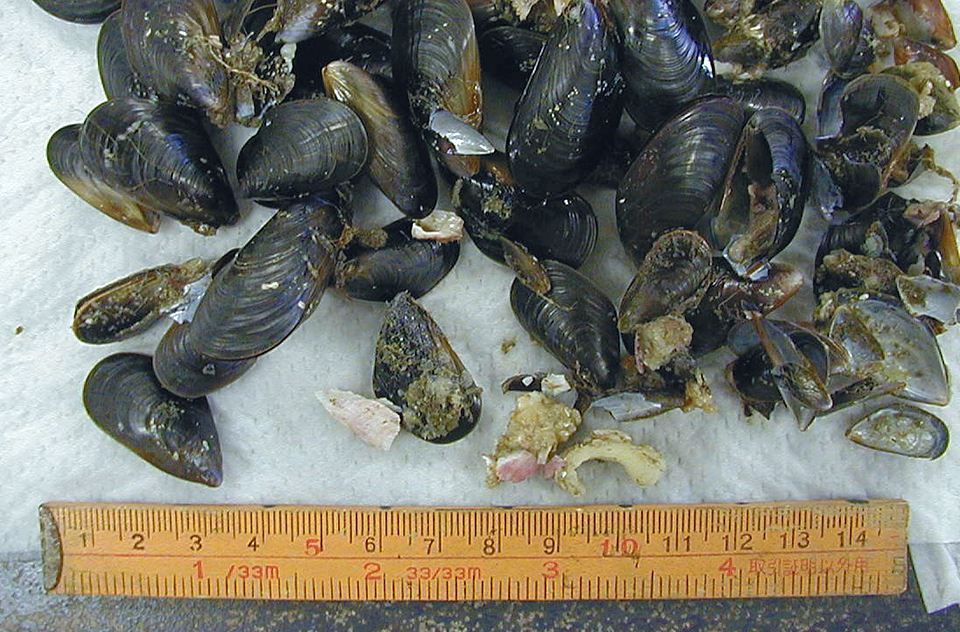
The final body weight, weight gain, and feed efficiency of the fish fed the diets containing blue mussel extracts were significantly higher than those of fish fed the control diet. However, these parameters were not different among the experimental groups. A similar trend was shown in protein efficiency, as fish fed the control diet had a significantly lower protein efficiency ratio than the other groups.
Compared to the control diet fish, higher plasma protein and lower triglycerides were found in fish fed the diets with the extract, while other blood constituents were relatively similar for the dietary groups tested. Whole body crude lipid levels, and lipid and protein retention in fish fed the diets with the extract were higher than those in fish fed the control.
Little information was obtained on the effect of feeding stimulants on the feed consumption of the fish in the experiments, and there is little available information on the effects of dietary inclusion levels of stimulants on feeding and growth of fish. Therefore, it is not clear why the feeding and growth of the flounders did not increase with in-
creasing dietary levels of blue mussel extracts. However, upper limits for the effects of dietary inclusion on fish growth have been found for amino acids, vitamin C, phosphorus and omega-3 highly unsaturated fatty acid supplementations.
About half of the 19 dietary free amino acids measured increased with increasing levels of the extract in the test diets of this study, and increases in glycine and alanine were remarkable. Blue mussels are known to attract feeding in Dover sole, where glycine, alanine, and betaine are the amino acids that result in the attracting effect.
Glycine and alanine have also been reported as the most important amino acids in the extract of short-necked clams that strongly attracts eels. Although other amino acids such as taurine, aspartic acid, and histidine also increased considerably with dietary inclusion of the extract in this study, it is plausible that glycine and alanine are the main factors related to increased feeding in Japanese flounders.
Inclusion of crystalline amino acids
The effects of dietary glycine and alanine on the growth and feeding of juvenile Japanese flounders were subsequently examined through a six-week feeding experiment. Appropriate amounts of crystalline glycine and/or alanine were supplemented to the control diet with fishmeal as a main ingredient.
Although inclusion of these amino acids slightly improved the growth of fish, the weight gain and final body weight of the fish were not significantly different among dietary groups tested. The dietary additions of glycine and/or alanine seemed to be less effective in stimulating feeding in flounders than the effect of the mussel extracts. There may be other substances in the extract that stimulate feeding or increase the effect of glycine and alanine as feeding stimulants for Japanese flounders.
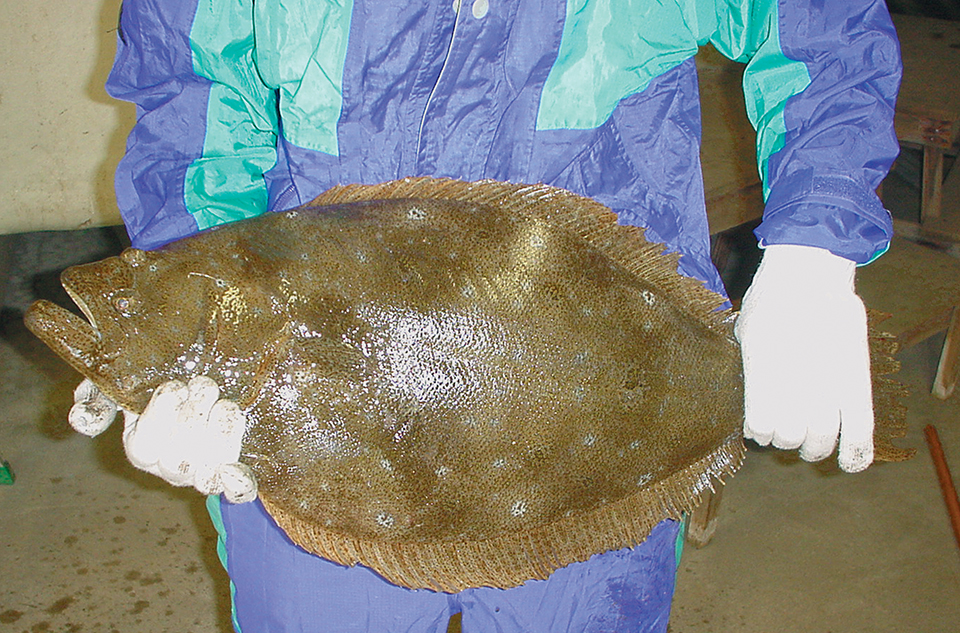
Conclusion
The effects of feeding stimulants on fish are generally assessed though feeding behavior in omission tests or the amount of consumed feed in feeding experiments. The latter approach is considered a more useful indicator for fish culture, but, few previous trials have shown increased feeding in fish.
This study revealed that a water-soluble fraction of blue mussels improved the growth of juvenile Japanese flounders by increasing feeding. It also showed that free glycine and alanine may play an important role in stimulating flounder feeding.
(Editor’s Note: This article was originally published in the April 2003 print edition of the Global Aquaculture Advocate.)
Now that you've reached the end of the article ...
… please consider supporting GSA’s mission to advance responsible seafood practices through education, advocacy and third-party assurances. The Advocate aims to document the evolution of responsible seafood practices and share the expansive knowledge of our vast network of contributors.
By becoming a Global Seafood Alliance member, you’re ensuring that all of the pre-competitive work we do through member benefits, resources and events can continue. Individual membership costs just $50 a year.
Not a GSA member? Join us.
Author
-
Dr. Kotaro Kikuchi
CS Promotion Office
Central Research Institute of Electric Power Industry
Chiyoda, Tokyo 100-8126, Japan
Tagged With
Related Posts
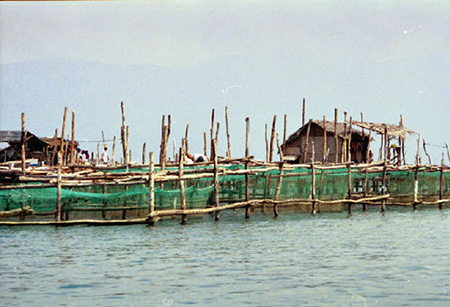
Aquafeeds
CSIRO studies dry feeds for juvenile spiny lobsters
The Commonwealth Scientific and Industrial Research Organisation has researched pelleted dry feeds are palatable to juvenile tropical spiny lobsters.
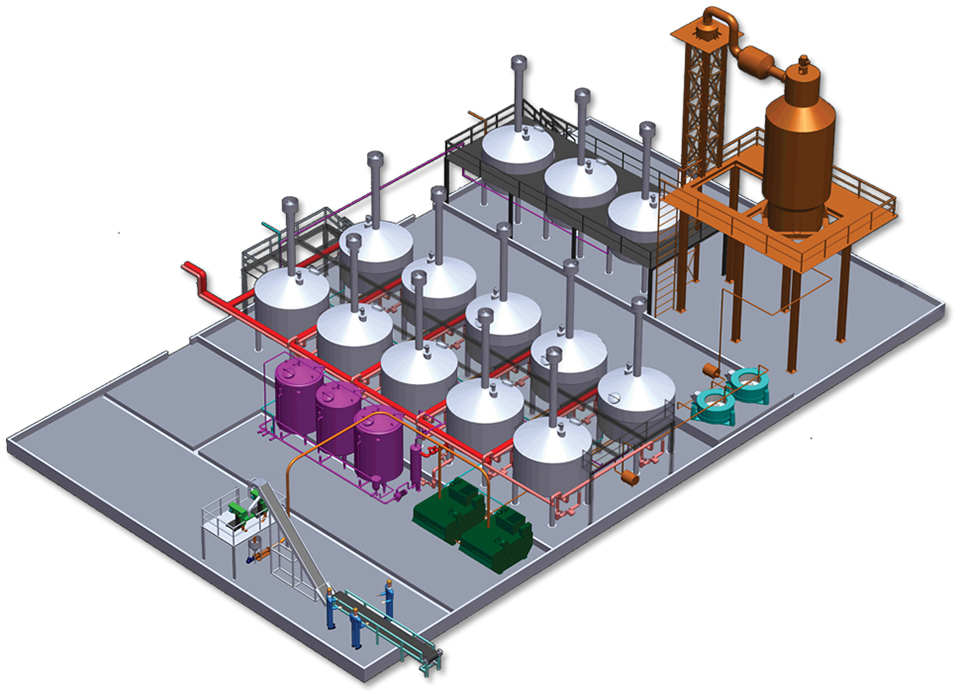
Health & Welfare
The efficacy of shrimp soluble extract
Vietnam Organic applied an enzymatic hydrolysis process on shrimp head waste to produce a shrimp soluble extract (SSE) feed attractant that contains a mixture of free amino acids and peptide.
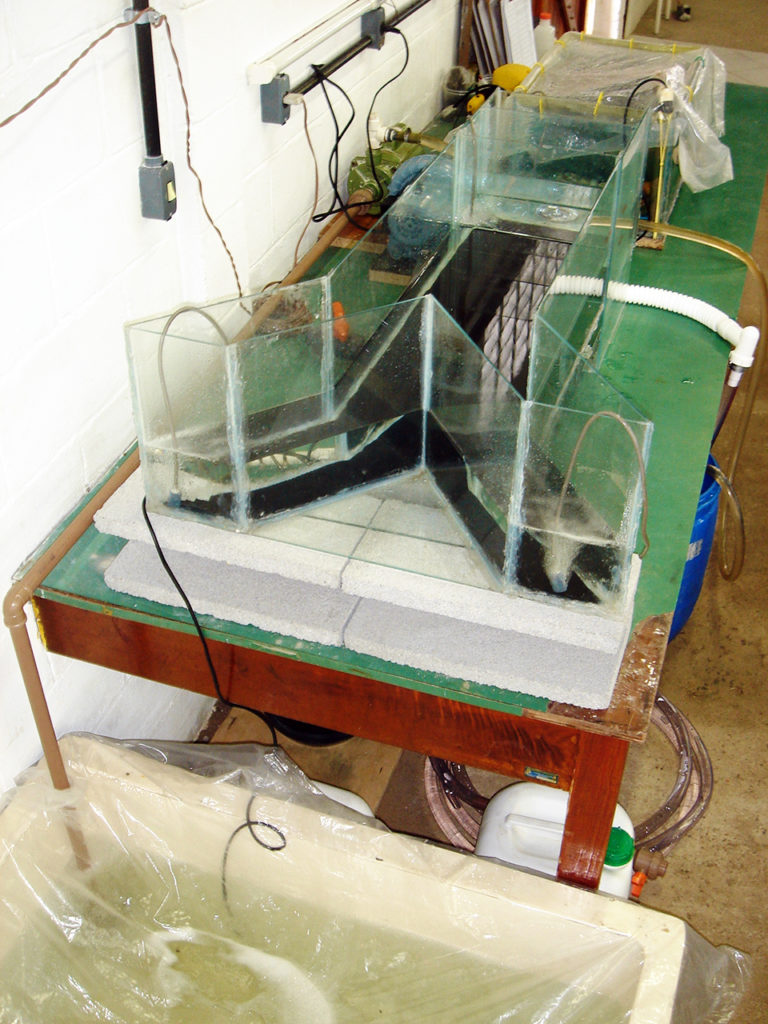
Aquafeeds
White shrimp study compares commercial feed attractants
A recent study in Brazil tested the efficacy of nine commercial feed attractants for Litopenaeus vannamei. Condensed fish-soluble protein, an amino acid complex with digested bivalve mollusk, and whole squid protein hydrolysate stimulated the highest feeding responses.
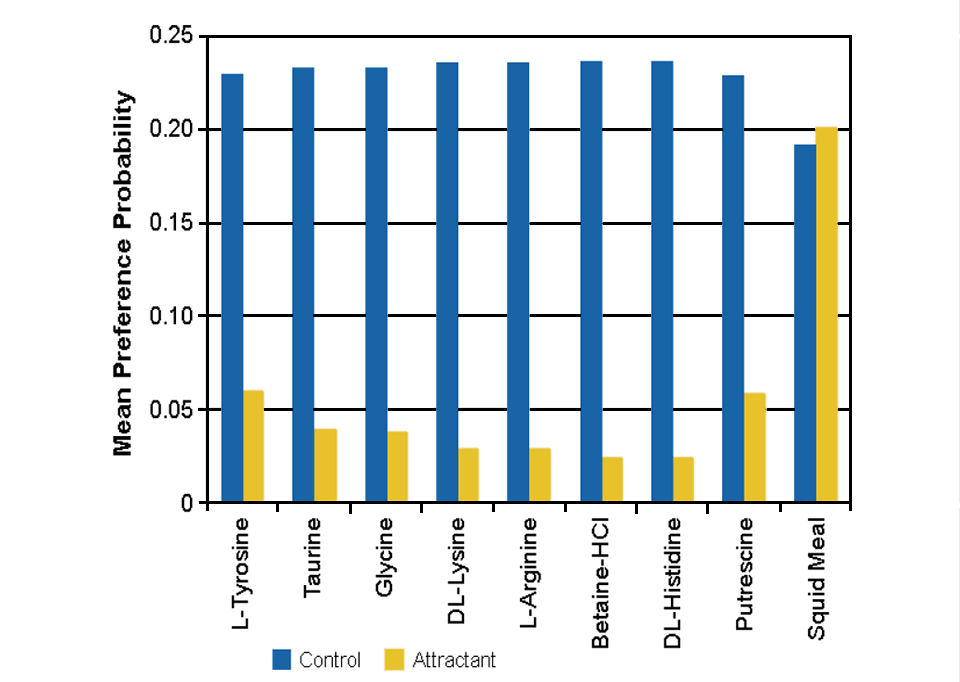
Health & Welfare
Chemoattraction of low-molecular-weight compounds in shrimp feeds
The methodology used in a Texas Agricultural Experiment Station study provided a useful tool for evaluating the attractiveness of individual ingredients in prepared shrimp feeds.



